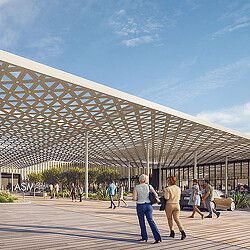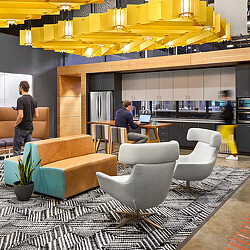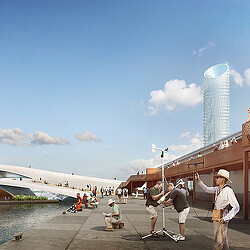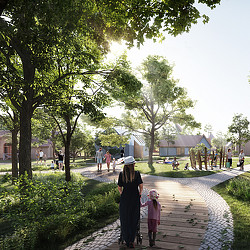3 Ways Gensler Is Designing for a Zero-Carbon Future
The most successful buildings of the future will contribute to the well-being of the environment while bringing their carbon emissions to zero.
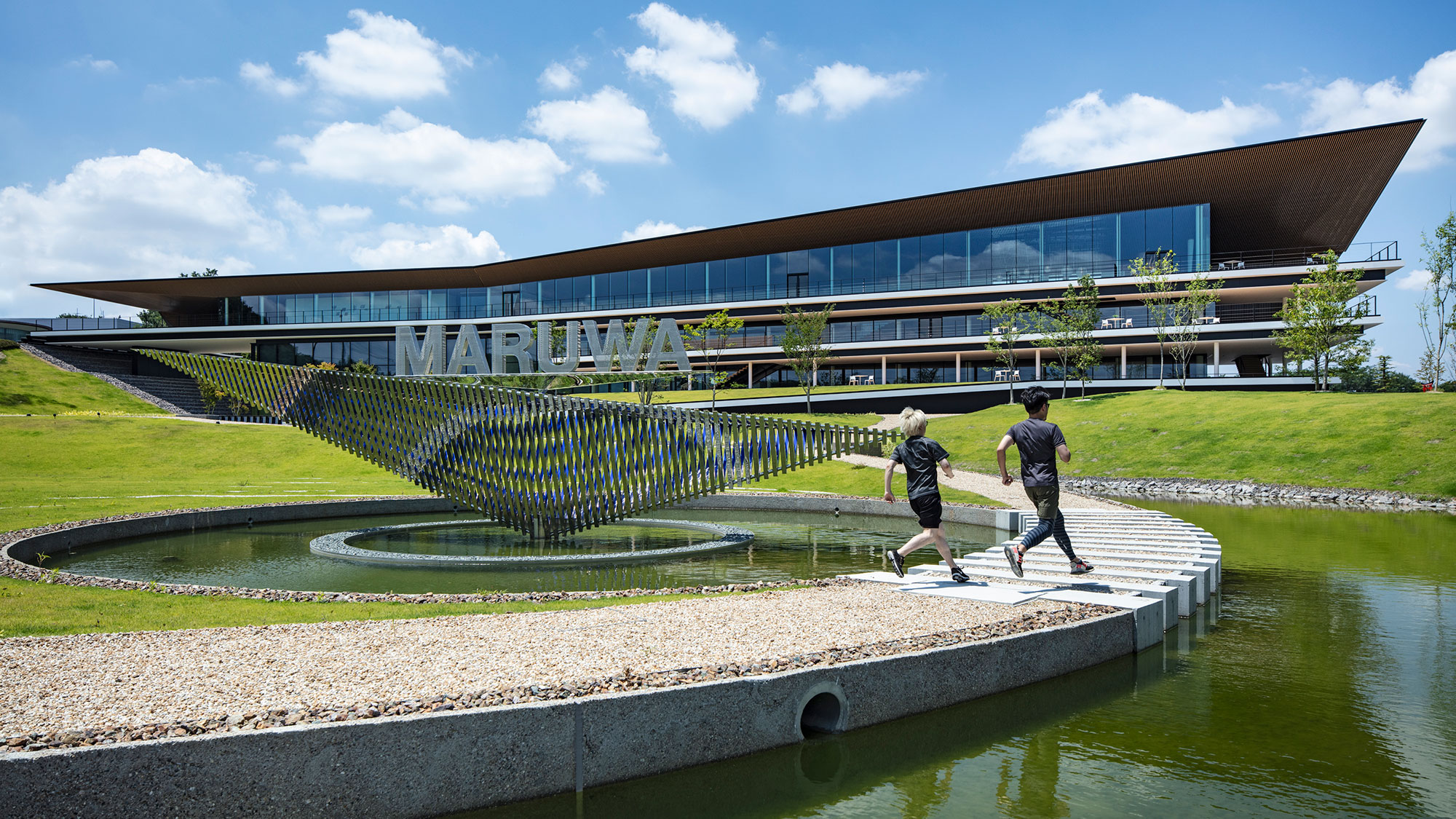
As the world grapples with the escalating impacts of climate change, the role of design in reducing carbon emissions has never been more important. The built environment accounts for over 40% of global emissions, underscoring the need for innovative, sustainable approaches that align with a zero-carbon future.
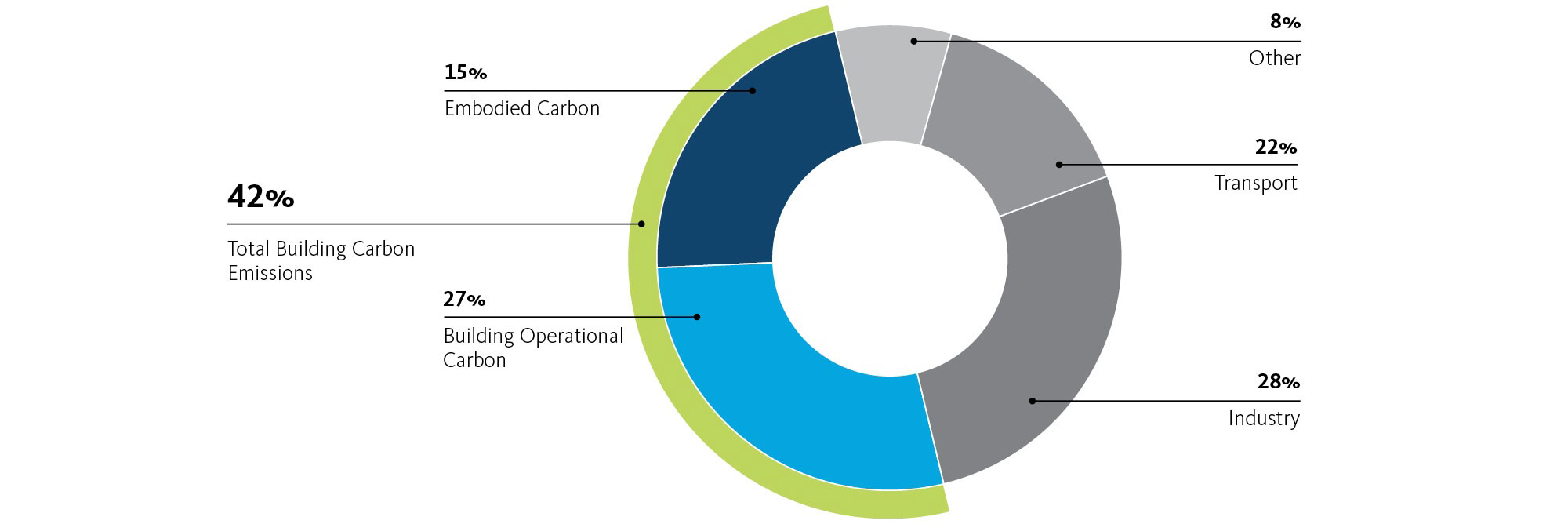
In a single year, Gensler designs over 1 billion square feet of project work. With this scale comes a responsibility to reduce carbon emissions and prioritize sustainable design in our buildings, communities, and cities. We are leveraging this enormous design portfolio to take a proactive stance on climate change and provide a strategic approach to quantifying and communicating the carbon impact of the built environment. Beyond designing individual projects, we as a firm strive to shape the design industry and inspire lasting change in the communities we serve.
This is why we publish Climate Action Through Design, an annual, in-depth look at Gensler’s design portfolio through the lens of operational and embodied carbon emissions. By sharing effective design strategies and openly tracking our progress toward carbon reduction goals, we aim to lead the industry toward a more sustainable future.
Here are three ways we’re designing for a zero-carbon future:
1. Designing for low-carbon operations and material assemblies.
Gensler is committed to eliminating all net carbon emissions associated with our work by 2030. We call this carbon neutrality pledge the Gensler Cities Climate Challenge. This goal aligns with the AIA 2030 Commitment, a sustainability initiative joined by many of our architectural peers in the design industry. Gensler is a contributor to this initiative and has been committed to transparently reporting and sharing our design portfolio data for the last 15 years.
We estimate that Gensler’s most recent design portfolio will avoid emitting 8.9 million metric tons of CO₂e — a 68% reduction in operational carbon emissions. This represents incredible design action in curtailing energy use, but more progress is still needed to hit our 2030 goals. A complete explanation of how we arrived at these figures can be found in our recently published Climate Action Through Design report.
We are continuously refining our process for collecting operational energy performance data, estimating carbon footprints, and predicting our total impact across our portfolio. As methodologies evolve and improve, the conversation will continue to expand beyond today’s focus on energy performance to encompass a broader range of sustainable goals and metrics.
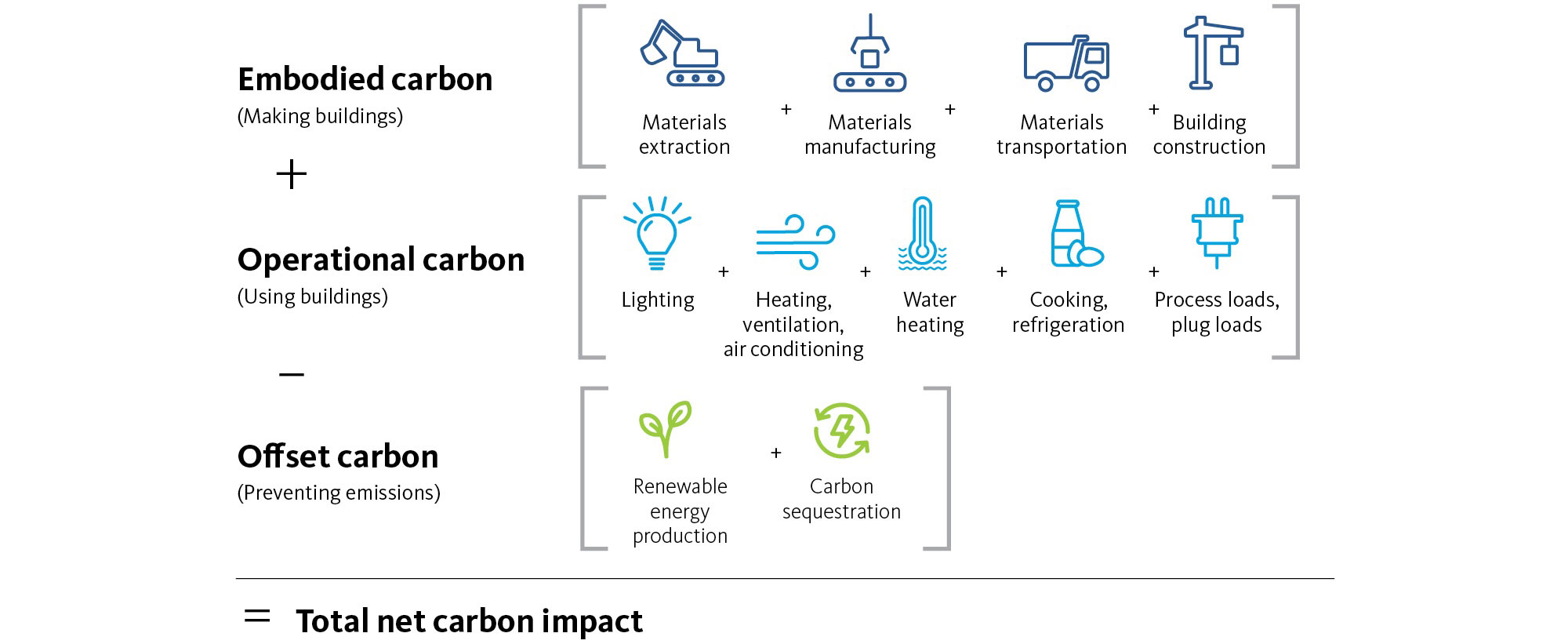
2. Driving impact across all design scales.
All scales, from cities to districts to whole buildings to interiors, benefit from reducing carbon emissions as part of a broader sustainability and climate resilience plan. Each scale presents unique challenges and opportunities, and the strategies we apply to each must reflect these distinctions. Addressing these challenges and opportunities requires both knowledge of past successes, and ongoing creativity of new ideas. To help drive further sustainable development across the industry, Climate Action Through Design 2024 includes 11 in-depth case studies, showcasing some of Gensler’s most sustainable designs at all scales.
From the products and their material composition to how we plan a city, we believe the design community must balance long-term financial responsibility with meaningful progress. This requires collaborating more in the early stages of a project — whether at the city, building, or interiors level — to define measures of success and identify opportunities for performance, financial, environmental, and social benefit. Gensler is committed to ongoing research that advances stewardship, resilience, and regeneration at all scales.
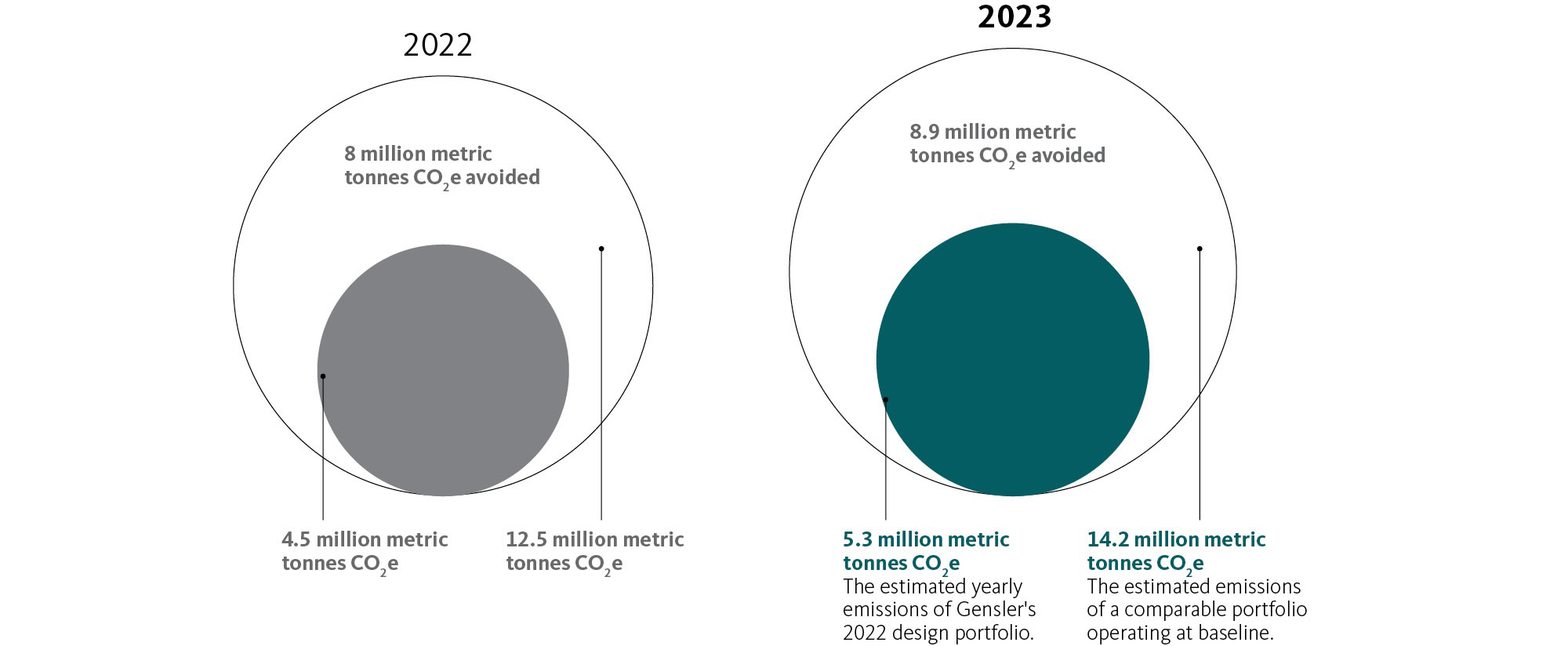
Designing for all scales must also necessarily include the smallest component: material assemblies. The Gensler Product Sustainability Standards are our first big step in considering the global impact of the materials we use — from carpets to task chairs to gypsum board. These standards also encourage manufacturers across the market to provide much greater transparency in their materials, including by listing the global warming potential (GWP) of their products and ingredients. Truly climate-forward design is tracked from the material scale all the way up to the city scale.
3. Sharing proven success stories to inspire further change.
One of the most effective ways to drive sustainable development is to prove that it is possible. Climate Action Through Design 2024 includes 11 case studies of high-performing projects from Gensler’s portfolio. These case studies help demonstrate that buildings can prioritize reducing carbon while also remaining cost-effective, high-performing, and a joy for occupants to use.
We showcase projects like One Post Office Square and 10 Gresham Street that are leveraging adaptive reuse of disused structures to dramatically reduce embodied carbon emissions while saving money on demolitions and raw material extraction. We also showcase projects like The Tower at PNC Plaza and Johnson Controls Headquarters, Asia Pacific to demonstrate how intentional design can drive down operational carbon emissions in purpose-built spaces. We also include examples of district design — like AltaSea at the Port of Los Angeles — and interiors design — like Volkswagen Automotive Cloud — to demonstrate how climate-informed strategies can be applied at all scales to meaningfully reduce emissions.
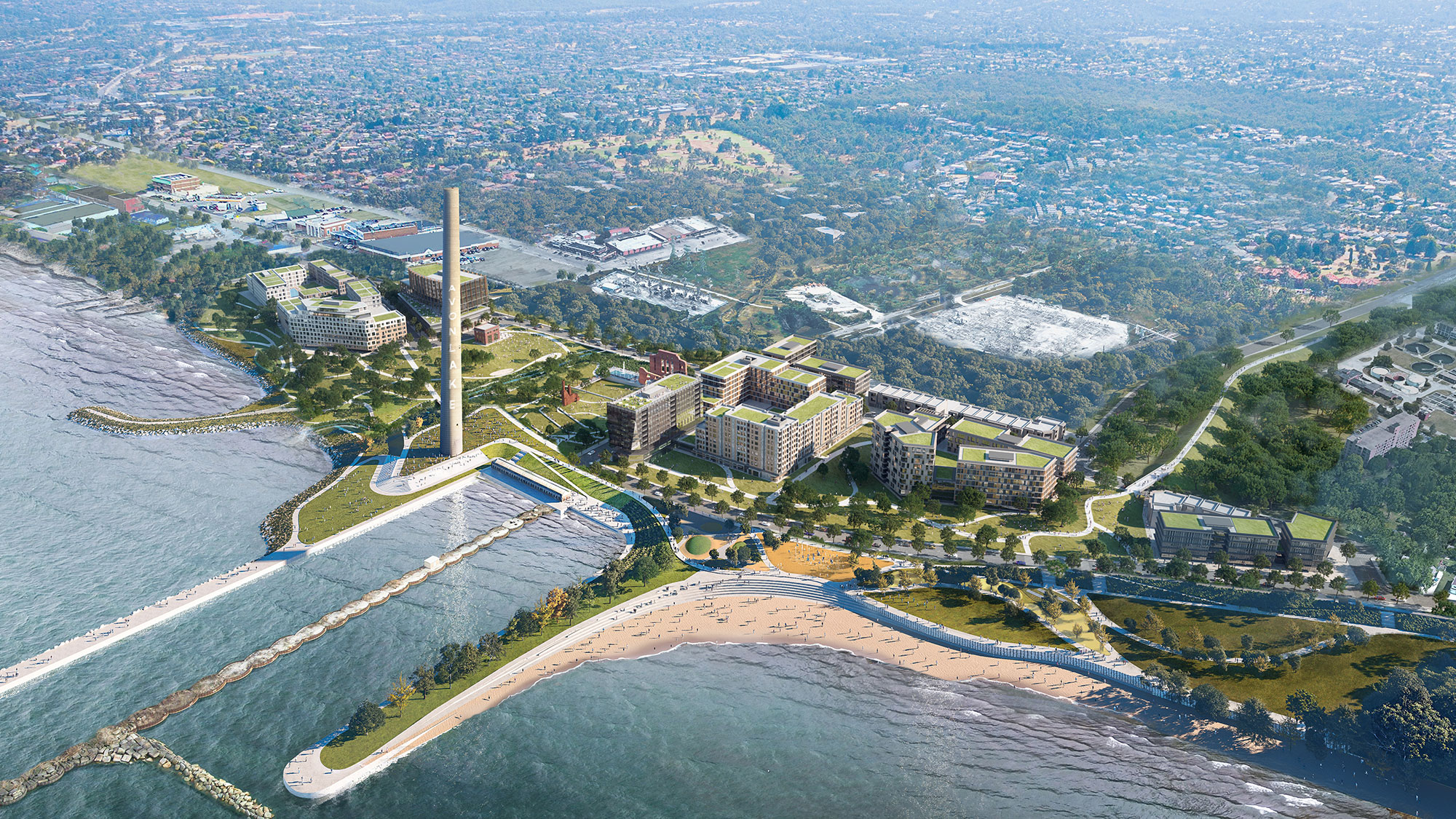
As a firm and an industry, we are moving beyond merely minimizing the negative impacts of buildings and towards a design model that generates positive, restorative change. This means designing spaces that enhance biodiversity, promote ecological and human health, and regenerate natural systems. The most successful buildings of the future will contribute to the well-being of the environment while bringing their carbon emissions to zero.

For media inquiries, email .



